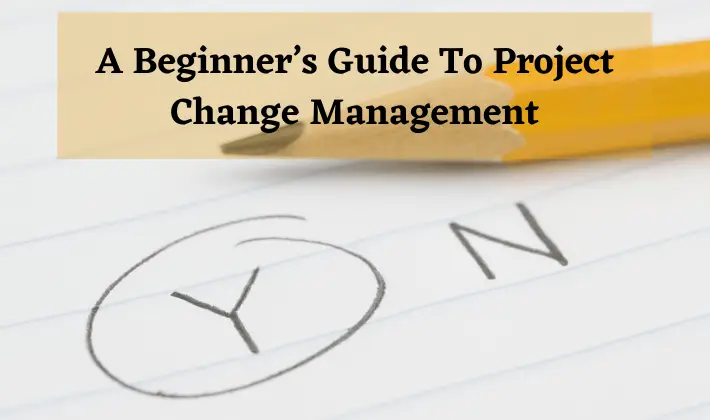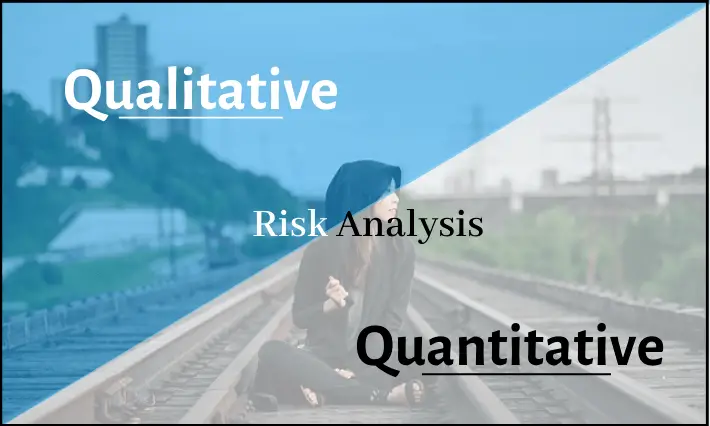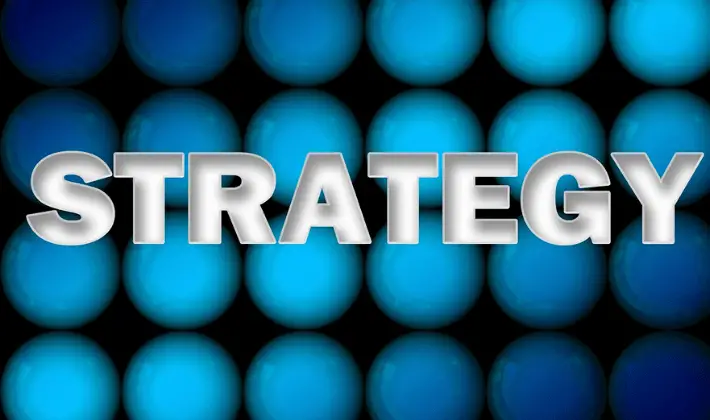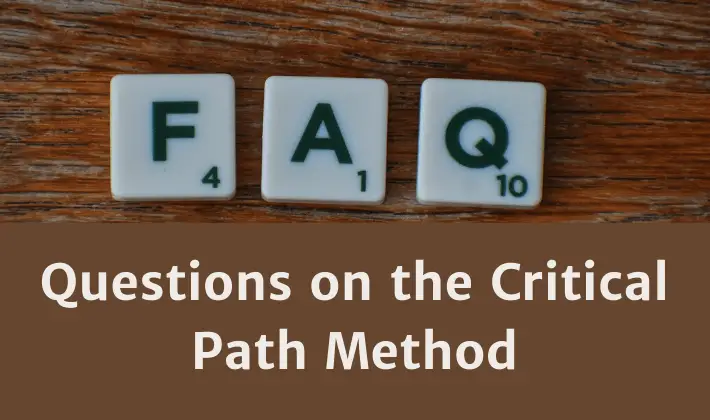You will find a discussion on the most important topics and concepts for the PMP certification exam in this article.
You can use the definitions and notes written in this article to get acclimatized with the terms used in the PMBOK Guide and Agile Practice Guide.
This article is divided into the following sub-topics.
- Project Management Fundaments
- Project Integration Management
- Project Scope Management
- Project Schedule Management
- Project Cost Management
- Project Quality Management
- Project Resource Management
- Project Communication Management
- Project Risk Management
- Project Procurement Management
- Project Stakeholder Management
1. Project Management Fundamentals
Project: A temporary undertaking to create a product, service or result that is unique.
Project Lifecycle: This is the sum of all phases in a project.
Assumptions: These are factors that will be used for planning purposes and will be taken to be true, real, and certain. Assumptions are generally associated with a certain degree of risk and should be included in the Risk Management Plan.
Constraints: Any factor that restricts or hinders the choices of the project team is a project constraint.
Program: To reap the benefits of coordinating related projects, sub-programs, and program activities, they are managed in a coordinated fashion.
Portfolio: To achieve strategic goals, projects, programs, and operations are managed together.
2. Project Integration Management
Develop Project Charter: This is the process of creating a document that officially authorizes the existence a project. It also gives the project manager the authority to use organizational resources for project activities.
Develop Project Management Plan: This involves the process of creating, preparing and coordinating all components of a plan to create an integrated project management plan.
Direct and Manage Project Work: This is the process of leading and performing work as defined in the project management plan. Also, implementing changes approved to reach project objectives.
Manage Project Knowledge: This is the process of using existing knowledge and creating knowledge to accomplish project objectives and to contribute to organizational learning.
Monitor and Control Project Work: This is the process of monitoring, reviewing, reporting on, and evaluating overall progress towards meeting the project management plan’s performance goals.
3. Project Scope Management
Plan Scope Management: The process of creating a plan to manage scope. This document documents how the project scope will define, validated and managed.
Collect Requirements: It is the process of gathering, documenting and managing stakeholder requirements and needs to achieve project objectives.
Scope Definition: This is the process of creating a detailed description about the project or product.
Create WBS: This is the process of dividing project deliverables into smaller, more manageable parts.
Validate Scope: It is the process of officially accepting all project deliverables.
4. Project Schedule Management
Plan Schedule Management: Establishing the policies, procedures and documentation necessary for managing, planning, developing, managing and executing a project schedule.
Define Activities: This is the process of identifying the actions that must be taken to produce project deliverables.
Sequence Activities: This is the process of identifying, documenting and documenting relationships between project activities.
Estimate Activity Time Durations: This is the process of estimating how many work periods are required to complete each activity with estimated resources.
Create Schedule: This is the process of analysing activity sequences and durations, resource needs, and schedule constraints in order to create a project schedule model for project execution, monitoring, and controlling.
5. Project Cost Management
Plan Cost Management: This is the process of determining how project costs will be estimated and budgeted. It also includes managing, monitoring, controlling, and reporting on them.
Estimate Costs: This is the process of estimating the financial resources required to complete a project.
Calculate Budget: This is the process of adding up the estimated costs for individual activities or work packages in order to determine a baseline cost.
Control Costs: This is the process of monitoring project status to update project costs and make changes to cost baseline.
6. Project Quality Management
Quality Management Plan: This is the process of identifying and documenting the quality requirements and/or standards for the project and its deliverables.
Manage Quality: This is the process of translating the quality plan into quality activities that implement the organization’s quality policy into the project.
Control Quality: This is the process of recording and monitoring the results of quality management activities in order to evaluate performance and ensure that project outputs meet customer expectations.
7. Project Resource Management
Plan Resource Management: This is the process of determining how to manage, acquire, manage, and use physical and team resources.
Estimate Activity Resources: This is the process of estimating team resources as well as the types and quantities of equipment and supplies required to complete project work.
Acquire Resources: This is the process of acquiring team members, facilities and equipment as well as supplies and materials to complete project work.
Develop Team: To improve project performance, Develop Team is the process of enhancing competencies, team member interaction and overall team environment.
Manage Team: This involves assessing team performance and providing feedback.
8. Project Communication Management
Plan Communications Management: This is the process of creating a plan and approach for project communications activities that are based on the information needs of all stakeholders or groups, available organizational resources, and the project’s needs.
Manage Communications: This is the process of making sure that project information is collected, created, distributed, stored, retrieved, managed, monitored, and ultimately disposed of.
Monitor Communications: This is the process of ensuring the project’s stakeholders have the right information.
9. Project Risk Management
Plan Risk Management: This is the process of determining how to manage risk for a project.
Identifying Risks: This is the process of identifying individual risk factors and sources of overall risks and then documenting their characteristics.
Perform Qualitative Risk Analysis: This is the process of prioritizing project risks for further analysis and action. It involves assessing their likelihood of occurrence, impact, as well as other characteristics.
Perform Quantitative Risk Analysis: This is the process of numerically analyzing the effect of individual project risks and other sources on overall project objectives.
Plan Risk Solutions: This is the process of developing options and selecting strategies to address project risk. It also includes deciding on actions to deal with individual risks.
10. Project Procurement Management
Plan Procurement Management: It is the process of documenting and specifying procurement approaches, as well as identifying potential buyers.
Conduct Procurements: This is the process of getting responses from sellers, selecting sellers, and awarding contracts.
Control Procurements: The process of controlling procurement, managing contract performance, making corrections and changes as necessary, and finally closing contracts.
11. Project Stakeholder Management
Identifying Stakeholders: This involves regularly identifying stakeholders and analyzing and documenting pertinent information about their interests, involvements, interdependencies, and influence on project success.
Plan Stakeholder Engagement: This involves stakeholders from the project, based on their expectations, needs, and interests. It also has potential impacts on the project.
Manage Stakeholder Engagement: This is the process of communicating with and working alongside stakeholders to address their needs and expectations, resolve issues, and encourage appropriate stakeholder participation.
Monitor Stakeholder Engagement: This is the process of monitoring stakeholder relations and tailoring strategies to engage stakeholders through modification of engagement plans and strategies.

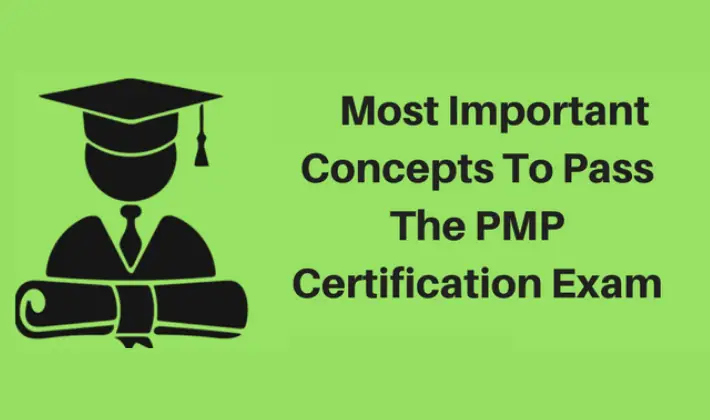
![Variance And Standard Deviation In PERT Formula [PMP]](https://www.pmbypm.com/wp-content/uploads/2013/04/pert-variance-standard-deviation.png)
